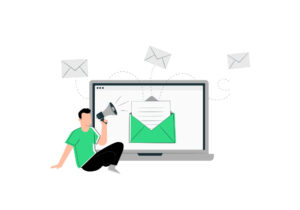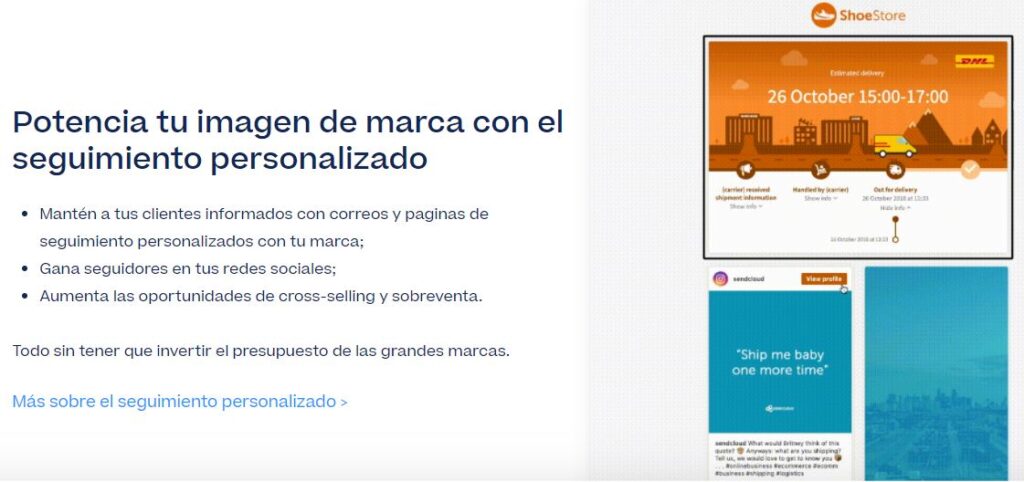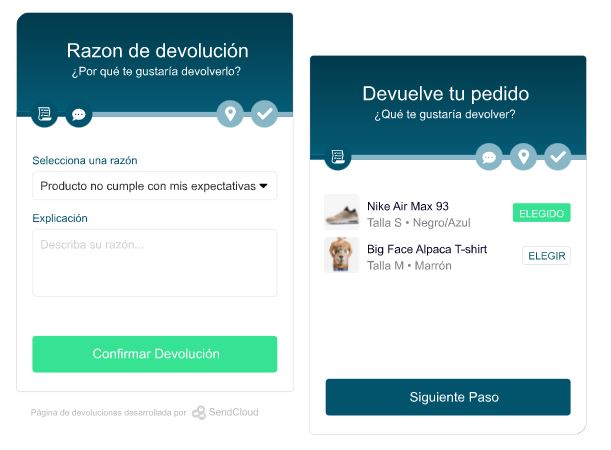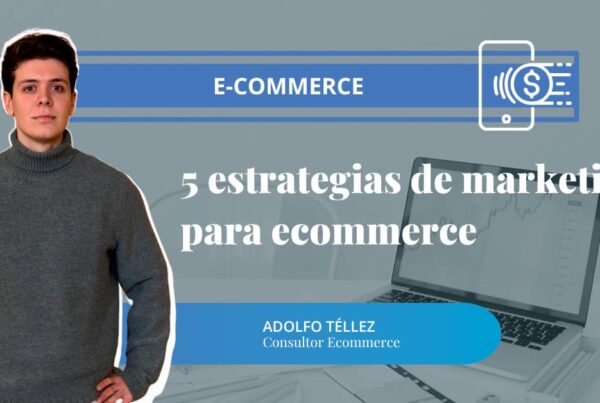A few days ago, I wrote an article on LinkedIn where I discussed the importance of customer experience. You can see it here, but don’t go too far because the key to being better than Amazon is given below.
Summarizing our LinkedIn article (which inspired this post)
In the article, I mention that our patience has run out and that to generate recurrence we need a great customer experience. Purchase recurrence is what any business wants and needs. And if your product or service is more of a one-time purchase, it doesn’t matter because what you’ll look for are recommendations, and you’ll get them in the same way: through an excellent customer experience. In the cited article, I give some tips on designing that experience, although it’s a complex topic that requires time. The most important thing is to understand that the experience is every interaction your customer has had with your business, before, during, and after purchasing from you.
Amazon’s problem (our opportunity)
Communications regarding shipping from logistics companies. Let me explain. You’ll surely relate.
Moment 1
You receive an email from Correos saying your order has been shipped and that you can track it. You open it, but it doesn’t specify which order it refers to. We are so used to making small orders that we don’t know which item the email is about. This frustrates us because something excites us more than the other. Damn, I can’t even remember everything I ordered. So you go to the Amazon app to check the shipments. Still unclear.
Another problem is that the communication is not from Amazon, it’s from an external courier company that I never chose. However, they contact me. The logo and name belong to another company. In other words, in my customer experience, another company is involved. This doesn’t only happen to Amazon; it happens to most e-commerce businesses because tracking and delivery emails are not from the business they purchased from.
Conclusion moment 1: You frustrate your customer, waste their time, and another company communicates with them.
Moment 2
Finally, the product arrives. Now you know what it is, and you get an email from the transport company saying it has been delivered.
Conclusion moment 2: You are missing opportunities to communicate with your customer about other things of interest. For example, a giveaway you have active on Instagram.
Moment 3
What you purchased doesn’t fit or isn’t right, and you want to return it. Here it’s difficult to beat Amazon, but at least you need to match them if you want success.
Sendcloud
I discovered the solution a year ago, and it’s called Sendcloud. It has several advantages such as integrations with the most popular CMSs and almost effortless negotiation with many shipping companies to provide more flexibility in deliveries. I will focus only on the two benefits that I consider key for customer experience and that relate to the moments described above.
Allows you to design your own tracking emails

No one gets frustrated. Thanks to Sendcloud, your brand takes the spotlight, and you can use communications for different actions. For example, to do cross-selling, gain followers, or conduct a survey when delivering the order.

sendcloud
Offers easy return processes
I know, you don’t like returns, but the reality is it can happen to anyone, and if the process is great, they will buy from you again because you will have removed the main barrier: annoying returns. As explained in the LinkedIn article, the focus should be on customer experience, and this experience is not only about purchasing but also about returns. In e-commerce, we could talk about writing handwritten notes, designing super-original packaging, giving a birthday discount, etc. Creativity has no limits when designing the best customer experience. Creativity and, of course, active listening.

sendcloud
Some relevant data supporting the described problems and solution: Source: E-commerce Study 2020/2021 conducted by Sendcloud in collaboration with Nielsen. You can download the full report here.
- Approximately half of Spanish shoppers usually return a product if they are not satisfied. If not returned, the reasons are: it’s a hassle (51%) and returning is more expensive than keeping the product (second highest rate in Europe).
- More than half of online shoppers always check the return policy before deciding to buy a product in an online store.
- 74% of European consumers would not place an order in an online store if they had to pay for the return themselves.
- 68% abandon their shopping cart when faced with excessively high shipping costs during checkout, and 40% are unwilling to pay any shipping costs if the order value exceeds €150.
- The good news is that 69% of European online shoppers are likely to add another product to their cart to reach the free shipping threshold.
- One of the reasons European consumers choose one online store over another is because it offers flexible delivery options (71%).
- Almost half of European consumers (44%) abandon their cart if the estimated delivery time is too slow. European consumers expect delivery within 3 days, and the maximum they are willing to wait is around 5 days.
Our most important conclusions
- If your return method is not simple, many will not buy from you, and others are not returning everything they would like. If so, will they risk buying from you again?
- You must offer free shipping above a certain amount, different shipping methods, and flexible delivery. Your standard shipping methods should never exceed 5 days.
I hope these tips with data on how to improve customer experience have been useful.
At Dos Setenta, we specialize in eCommerce and all digital services (SEO, PAID MEDIA, SOCIAL MEDIA, PROGRAMMING). We create customized marketing strategies for each client to ensure the best shopping experience.



